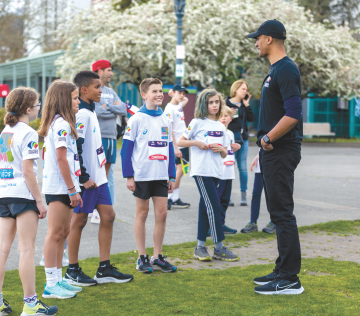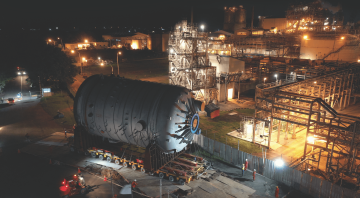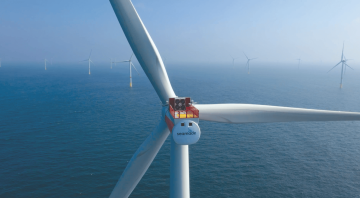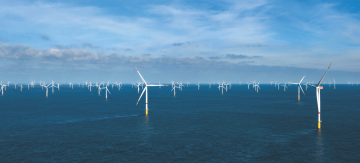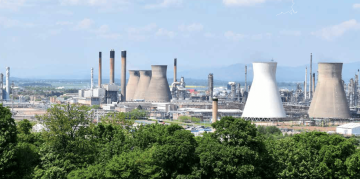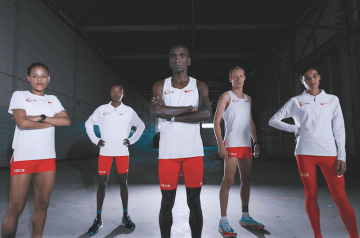As INEOS Automotive heads towards getting the vehicle into customers’ hands, we asked six familiar faces from the world of INEOS sport to put our rugged 4X4 through its paces on five final testing challenges.

TOTO WOLFF
Alpes-Maritime, Southern France
As Team Principal and co-owner of the Mercedes-AMG Petronas F1 Team, Toto has clinched eight consecutive Formula One Constructors' Championships and seven consecutive Drivers' Championships. So, he clearly knows a thing or two about putting together a successful vehicle. He gunned the Grenadier around the mountains above Nice. Tackling rocks, snow, gravel trails and muddy tracks alongside co-pilot, INEOS Automotive CEO, Dirk Heilmann. They discussed bringing like-minded engineering partners, suppliers and specialists together, pushing to get the maximum out of a vehicle, and overcoming challenges to reach the end goal.
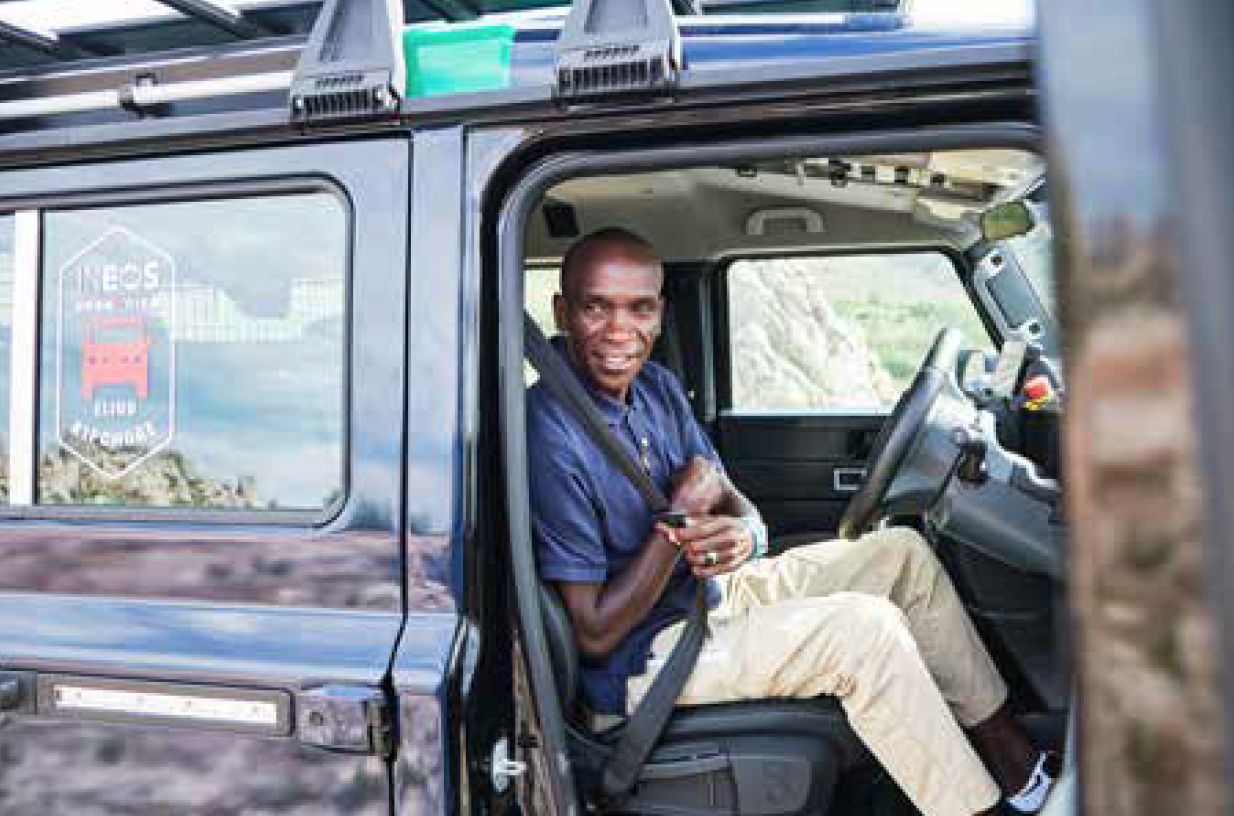
ELIUD KIPCHOGE
Western Cape, South Africa
Who better to test the Grenadier’s capability than the first human to run a marathon in under two hours? The double Olympic champion and marathon world record holder drove the tough terrain of Grabouw, then along Chapman’s Peak, one of the most spectacular coastal drives in the world. He was joined by Tim Abbott, Head of Region, Sub-Saharan Africa, INEOS Automotive, as he talked about driving in Kenya, how his training targets all types of terrain, and how impressed he was by the tyres, clearance, and stability of the Grenadier.

GEORGE RUSSELL
Camel Rock, United Arab Emirates
This year, George joined the Mercedes-AMG Petronas Formula One team. And also tackled The Final Mile. Shifting gears for a drive in the spectacular sand dunes of the Arabian desert. A more leisurely pace than he’s used to, for sure, but he still had plenty of insight into how our vehicle performed. Gary Pearson, Head of Sales & Marketing UK and MENA, was onboard with him to discuss how putting vehicles through testing and analysing data makes the end product even better, dealing with the pressure of expectation, and how the Grenadier easily handled the sandy surface.

SIR DAVE BRAILSFORD + SIR BEN AINSLIE
UK, Snowdonia
Sir Dave Brailsford is Team Principal of the INEOS Grenadiers cycling team and Director of Sport, INEOS. Sir Ben Ainslie is Team Principal and Skipper of INEOS Britannia. Both have a deep understanding of what it takes to push the limits of what’s possible. Both search for small incremental gains that add up to success. And both took the wheel to analyse the Grenadier’s performance in Wales’ mountainous Snowdonia National Park. They chatted about attention to detail, how vital testing is in both their sports, having belief that you can achieve the impossible, and pushing bikes, boats, and 4X4s to the limit.

ANDREW MEHRTENS
Fraser Island, Australia
Andrew is a New Zealand international rugby legend. Widely regarded as one the greatest players the country has ever produced, he amassed nearly 1,000 points over 70 international appearances. For the Final Mile, Andrew swapped position from 5/8th to 4X4, to tackle the deep sand tracks of Fraser Island off the coast of Queensland. He was joined by Justin Hocevar, Head of Region APAC INEOS Automotive, to talk about how passion can drive any sport or industry, the tenacity you need to get better, and the comfort and ease of driving the Grenadier offered whatever they threw at it.
